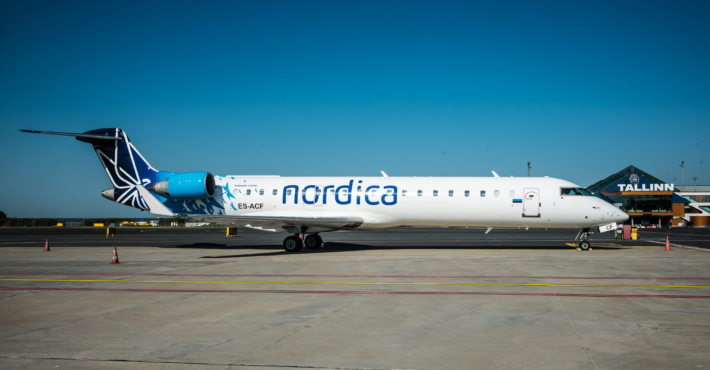
Nordic Aviation Group’s Press Release: December 4, 2024

Nordic Aviation Group Filed for Bankruptcy
On Friday, November 29, Nordic Aviation Group submitted a petition to the court to declare the bankruptcy of Nordica and Xfly. As of today, interim bankruptcy trustees have been appointed for Nordica, and the court has imposed restrictions on all transactions involving Nordica’s assets. The court is expected to appoint an interim bankruptcy trustee for Xfly in the near future.
With the declaration of insolvency, the company’s daily operations have ceased, meaning payments, disclosure of information, or assuming new obligations are now highly restricted. So far, the company has focused on preparing the bankruptcy petition and preventing additional losses for creditors. All creditors, including employees, aircraft lessors, clients, and service providers, have been treated equally. Once interim bankruptcy trustees are appointed for both Nordica and Xfly, further actions will follow the trustees’ guidance, and all debt-related matters will be resolved according to applicable laws during the bankruptcy proceedings.
A collective redundancy process has been initiated for Nordic Aviation Group employees in cooperation with the Estonian Unemployment Insurance Fund (Töötukassa), which will assist employees who had a direct contractual relationship with the company in obtaining the benefits prescribed by law. After the legally mandated two-week consultation period, the company will issue termination notices, and employees will be able to apply for unemployment insurance benefits. The interim bankruptcy trustee will submit applications to Töötukassa on behalf of the employees to claim insolvency benefits for unpaid wages and other statutory amounts owed by the company. The companies have also terminated all service agreements related to leased personnel, enabling partners to either continue providing their services to other airlines or file their own bankruptcy petitions. In addition to an information session organized in cooperation with Töötukassa, Nordic Aviation Group has arranged meetings for employees with airlines operating in the region to help them transition smoothly to new employers.
Most leased aircraft used by Nordic Aviation Group have been returned to the designated locations specified by the lessors. Additionally, the aircraft owned by Transpordi Varahaldus OÜ have been returned to Tallinn Airport, where they will be properly stored and, if necessary, maintained. This will allow Transpordi Varahaldus to continue with the sales process for these aircraft. During the bankruptcy proceedings, the company will work with contractual partners at a minimally necessary level, in coordination with the bankruptcy trustees, to preserve asset value and prevent further losses to creditors.
According to the petition submitted to the court, the company has 38 million euros in liabilities remaining after deducting the value of its assets. During the bankruptcy proceedings, both the company’s asset value and liabilities may change.